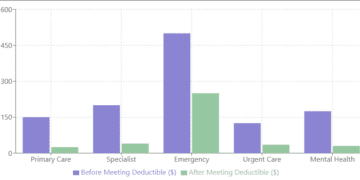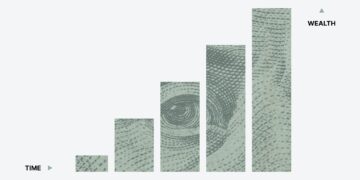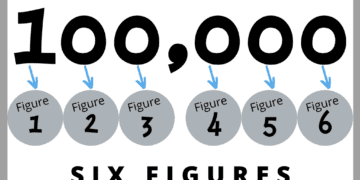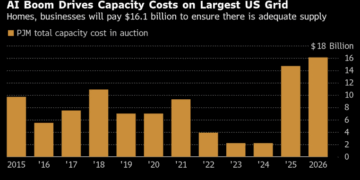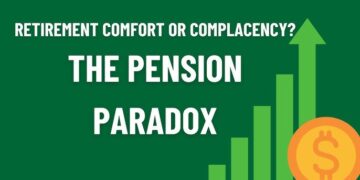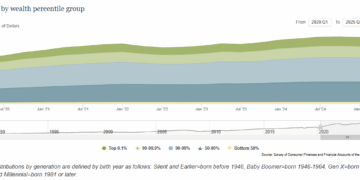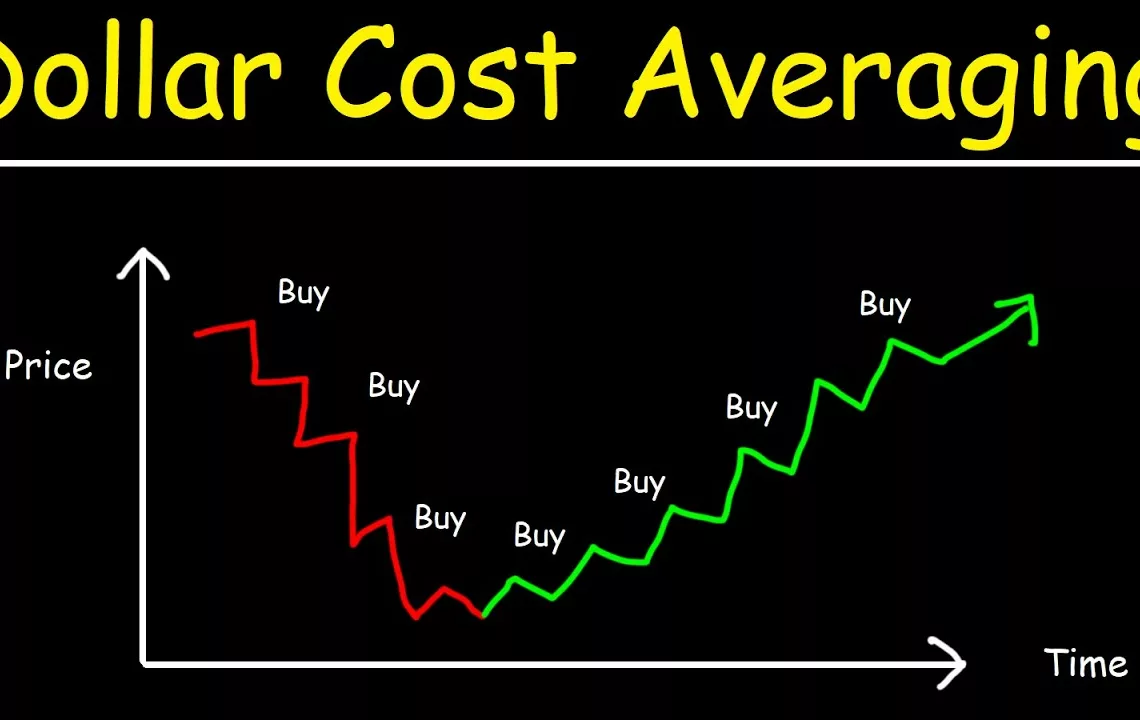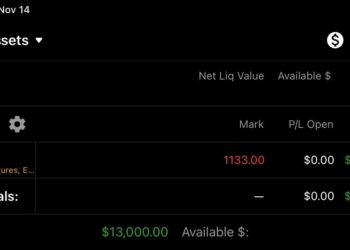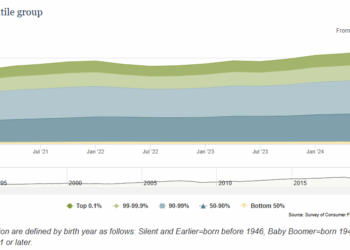Last year, I wrote about the best dollar cost averaging opportunities for building wealth during uncertain times. With the significant market correction we’ve experienced so far in 2025, it’s time to revisit this topic and provide fresh insights for navigating today’s challenging investment landscape.
The Current Market Reality
So far, 2025 has delivered a sobering reality check for investors who grew accustomed to the resilient bull market of previous years. Several factors have contributed to this downturn:
- Interest rates continuing to be stagnate
- Persistent inflation concerns due to Trump’s tariff plans
- Geopolitical tensions creating disruptions
- Tech sector valuation corrections after extended periods of exuberance
This volatility creates the perfect environment to revisit dollar cost averaging (DCA) strategy, which may offer significant advantages compared to lump-sum investing in current conditions.
Dollar Cost Averaging: A Quick Refresher
For those new to this concept, dollar cost averaging involves investing a fixed amount at regular intervals regardless of market conditions. This disciplined approach offers several benefits:
- Emotion removal: DCA eliminates emotional decision-making during market swings
- Reduced timing risk: No need to perfectly “time” market bottoms
- Automatic bargain hunting: You naturally purchase more shares when prices drop
- Investment discipline: Creates a consistent investing habit
Research from Vanguard shows that while lump-sum investing outperforms DCA approximately two-thirds of the time in normal markets, DCA tends to shine during prolonged downturns—precisely what we’re experiencing now.
Top DCA Opportunities for Q2 2025
Based on my analysis, these sectors and investment vehicles offer compelling dollar cost averaging opportunities in today’s environment:
1. Broad Market Index ETFs
The overall market correction makes this an excellent time to accumulate low-cost total market exposure. Funds tracking major indices have declined 12-18% from their peaks, creating an attractive entry point compared to last year.
2. Financial Sector Funds
Unlike last year when I suggested caution in this sector, regional banks have been particularly hard hit in this downturn, creating potential value opportunities for long-term investors willing to weather the volatility.
3. Dividend Aristocrats
Companies with consistent dividend growth histories are trading at more reasonable valuations compared to last year. Their income-generating profile provides a cushion during market turbulence.
“The stock market is the only market where when things go on sale, everyone runs out of the store.” – Mark Cuban
4. International Developed Markets
Valuations in European and Japanese markets remain attractive relative to historical averages and U.S. equities. The diversification benefit is particularly valuable in today’s uncertain environment.
5. I-Bonds and Treasury Securities
Fixed-income components like I-Bonds should be considered as part of a diversified DCA strategy.
My Personal DCA Journey This Year
Yo, let me tell you ’bout my own experience with this market mess. When them indexes started droppin’ in February, I ain’t panic sold nothin’. Instead, I stuck to my plan. Every quarter, boom—a percentage amount of my account goes straight into my portfolio, no questions asked.
Some of my boys was askin me, “Van, you still buyin’ this dip? Market’s crazy right now!” I just told ’em, “This ain’t my first rodeo. When the market havin’ a sale, that’s exactly when you should be shoppin’!”
Comparison: 2024 vs. 2025 DCA Recommendations
| Sector/Asset Class | 2024 Recommendation | 2025 Updated View | Reasoning |
|---|---|---|---|
| Tech Sector | Cautious DCA | Aggressive DCA | Valuations have reset to more reasonable levels |
| Financial Sector | Minimal Exposure | Moderate DCA | Bank stress tests and improved balance sheets |
| Real Estate | Moderate DCA | Minimal DCA | Continuing pressure from high mortgage rates |
| Energy | Aggressive DCA | Moderate DCA | Less attractive entry points after relative outperformance |
| Consumer Staples | Minimal DCA | Moderate DCA | Defensive positioning more valuable in current environment |
Implementing Your DCA Strategy Today
To maximize the effectiveness of dollar cost averaging in today’s market, consider these implementation tips:
- Automate your investments to remove the temptation to time the market
- Adjust your intervals based on market volatility (consider weekly, monthly, or quarterly depending on volatility)
- Rebalance periodically to maintain your target asset allocation
- Consider tax-advantaged accounts like 401(k)s and IRAs for your DCA strategy
- Maintain an emergency fund before aggressive DCA to avoid forced selling during downturns
The Psychological Component
Perhaps the greatest benefit of dollar cost averaging during market downturns isn’t mathematical but psychological. According to research from Morningstar, the behavioral advantages of DCA often outweigh the potential performance difference compared to lump-sum investing.
The discipline of consistent investing regardless of market headlines helps investors avoid the two most destructive behaviors: panic selling during downturns and FOMO buying during euphoric rallies.
Conclusion
While the market downturn of early 2025 has been challenging for many investors, it presents a potentially valuable opportunity for disciplined dollar cost averaging. The key is maintaining perspective—market corrections are normal, healthy parts of long-term wealth building.
By revisiting and potentially adjusting your DCA strategy to take advantage of today’s opportunities, you position yourself to benefit from the eventual recovery while minimizing the emotional toll of market volatility.
What changes have you made to your investment strategy during this downturn? I’d love to hear your thoughts in the comments below.
Disclaimer: This article represents my personal opinions and is not financial advice. Always consult with a qualified financial advisor before making investment decisions based on your individual circumstances.





